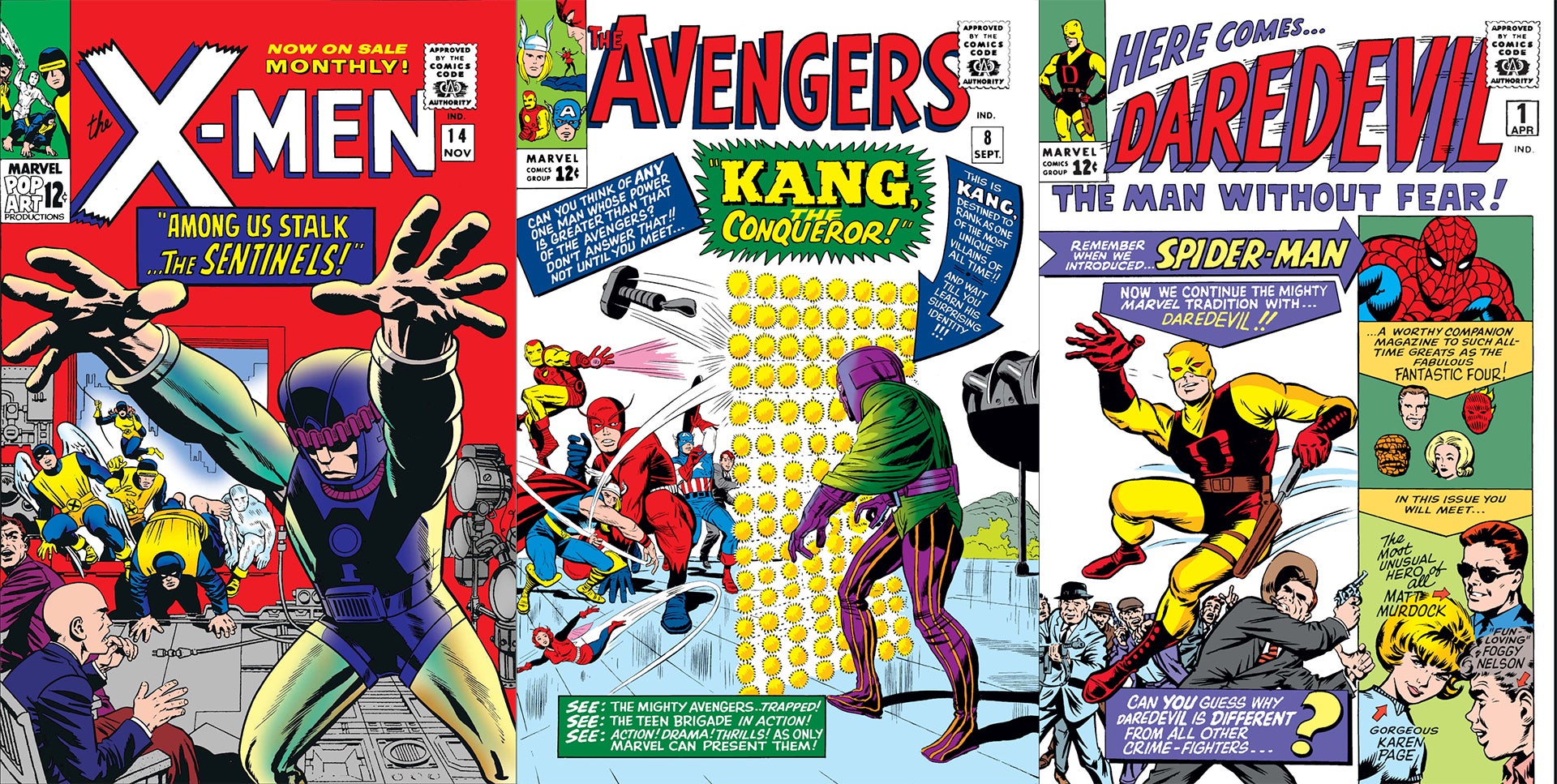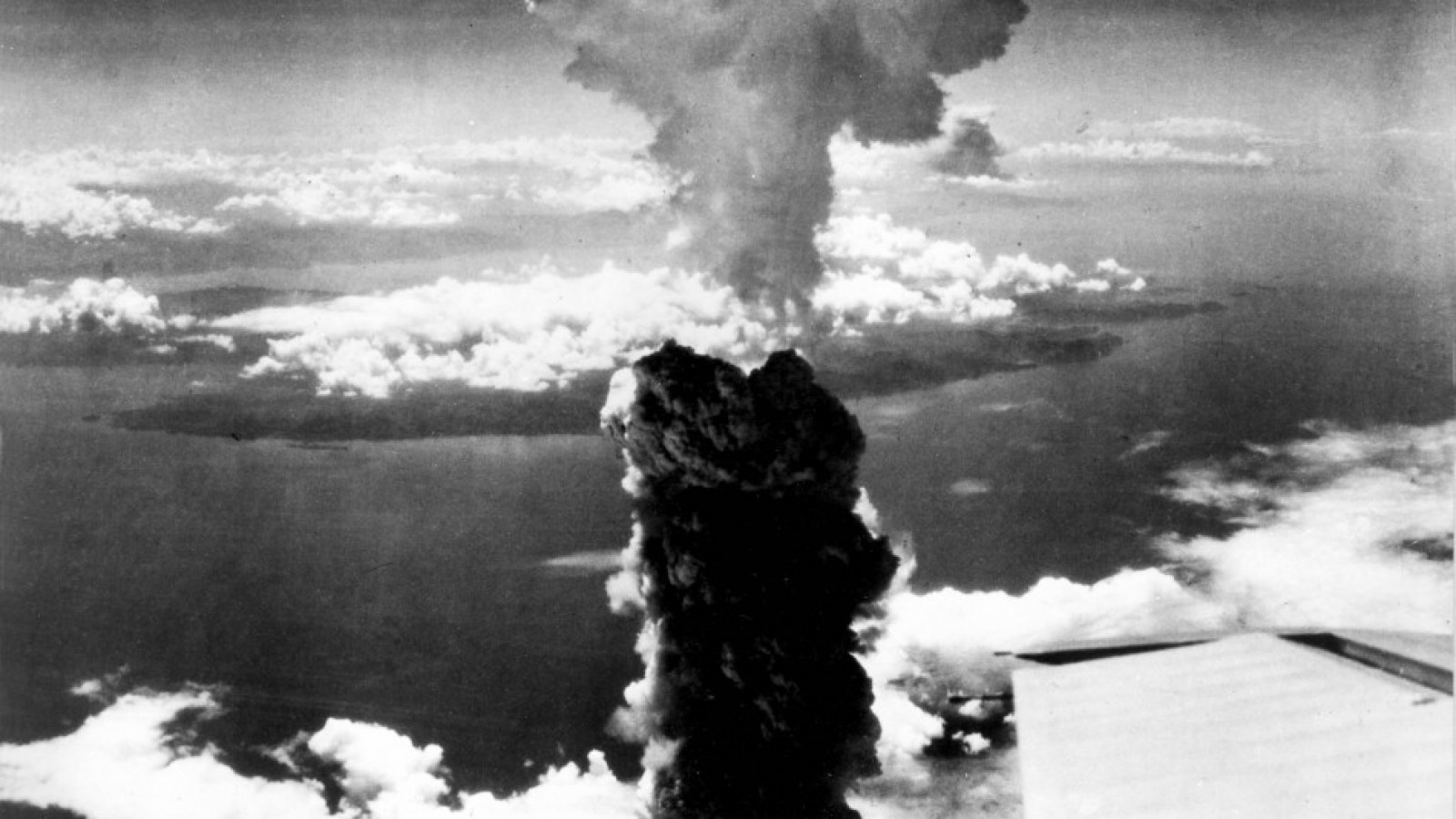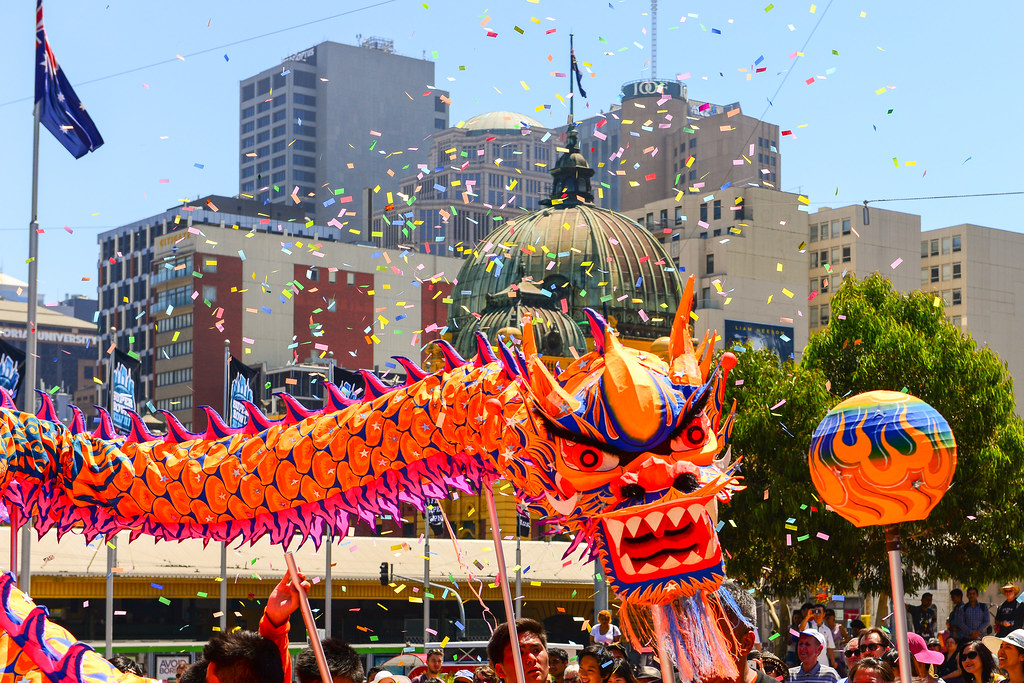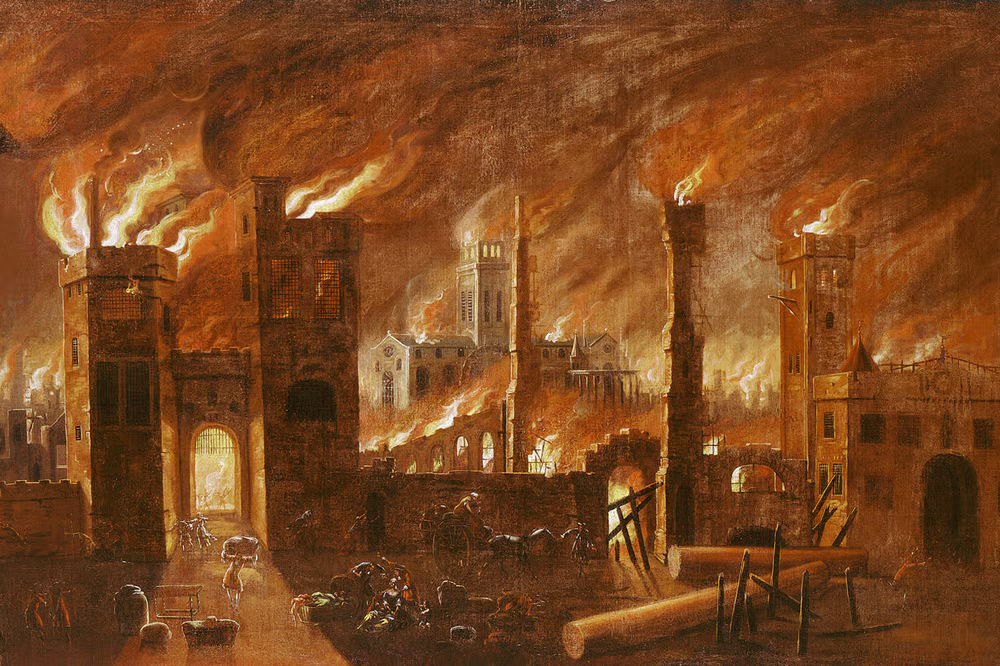zoomacademia.com – The atomic bombings of Hiroshima and Nagasaki in August 1945 stand as pivotal and tragic events in world history. These bombings not only brought about the end of World War II but also introduced the world to the devastating power of nuclear weapons. The events leading up to the bombings, the decisions behind them, and their consequences remain highly debated to this day.
The Path to Nuclear Warfare
The journey toward the atomic bomb began during World War II, with fears that Nazi Germany was developing its own nuclear weapon. In response, the United States launched the Manhattan Project in 1942, a top-secret research effort to create atomic bombs. Under the leadership of physicist J. Robert Oppenheimer, the project succeeded in developing two bombs by mid-1945: “Little Boy” (a uranium-based bomb) and “Fat Man” (a plutonium-based bomb).
By the summer of 1945, the war in Europe had ended with Germany’s defeat, but Japan continued to fight fiercely in the Pacific. The U.S. sought to end the war quickly and avoid a costly invasion of Japan’s mainland, which could result in hundreds of thousands of casualties. With this in mind, the U.S. leadership considered the use of atomic bombs to force Japan’s surrender.
The Bombing of Hiroshima: August 6, 1945
On August 6, 1945, at 8:15 a.m., the U.S. bomber Enola Gay dropped the first atomic bomb, “Little Boy,” on the city of Hiroshima. Hiroshima was a strategic military city, serving as the headquarters for Japan’s Second Army and as a logistics hub for the Japanese war effort.
The bomb exploded about 600 meters above the ground with the force of 15,000 tons of TNT. The explosion leveled nearly everything within a mile of ground zero. Entire neighborhoods were wiped out, and the city was engulfed in flames. Approximately 70,000 people were killed instantly, with many more dying from burns, injuries, and radiation sickness in the days and weeks that followed.
Hiroshima’s survivors, known as hibakusha, experienced long-term effects from radiation exposure, including chronic illnesses and a high risk of cancer. The bomb had also unleashed immense suffering and set the stage for further devastation.
The Bombing of Nagasaki: August 9, 1945
Despite the horrific destruction of Hiroshima, Japan did not surrender immediately. On August 9, just three days later, the U.S. dropped a second atomic bomb, “Fat Man,” on the city of Nagasaki. This bomb had a more powerful blast, equivalent to 21,000 tons of TNT. Nagasaki, an important industrial city with shipyards and military production facilities, was the alternate target after bad weather forced the original target of Kokura to be spared.
At 11:02 a.m., “Fat Man” exploded over Nagasaki. The bomb caused catastrophic destruction, although the hilly terrain of Nagasaki limited the damage compared to Hiroshima. Approximately 40,000 people died instantly, and by the end of 1945, the death toll had reached around 70,000 due to injuries and radiation poisoning. Survivors of Nagasaki, like those of Hiroshima, suffered from long-term radiation effects, including genetic damage that affected future generations.
Japan’s Surrender and the End of World War II
On August 15, 1945, six days after the bombing of Nagasaki, Emperor Hirohito addressed the Japanese nation in a radio broadcast, announcing Japan’s unconditional surrender. This marked the end of World War II. The formal surrender took place on September 2, 1945, aboard the U.S.S. Missouri in Tokyo Bay.
The bombings of Hiroshima and Nagasaki were decisive in bringing the war to an end. However, they also left a legacy of destruction and suffering that would impact Japan for decades.
The Debate Surrounding the Bombings
The decision to drop the atomic bombs remains one of the most controversial in modern history. Proponents of the bombings argue that they were necessary to bring about Japan’s surrender quickly, preventing a prolonged war and saving the lives of both American soldiers and Japanese civilians that would have been lost in an invasion.
However, critics of the decision question whether Japan was already close to surrender and argue that alternative measures, such as a demonstration of the bomb’s power or diplomatic negotiations, could have been pursued. They also point to the ethical concerns of using such a destructive weapon on civilian populations.
The bombings also opened the door to the nuclear arms race, as nations rushed to develop their own atomic weapons, leading to decades of tension during the Cold War.
The Legacy of Hiroshima and Nagasaki
The bombings of Hiroshima and Nagasaki left a lasting legacy, not only in terms of the human toll but also in global politics and the way warfare is viewed. Both cities have since become powerful symbols of the peace movement and the campaign against nuclear proliferation.
The Hiroshima Peace Memorial (commonly known as the Atomic Bomb Dome) and the Nagasaki Peace Park stand as reminders of the tragedies and as calls for global disarmament. Every year, ceremonies are held in both cities to remember the victims and advocate for a world free of nuclear weapons.
The aftermath of the bombings also played a crucial role in shaping post-war Japan, leading to the country’s demilitarization and its adoption of a pacifist constitution.
Conclusion
The atomic bombings of Hiroshima and Nagasaki changed the course of history, bringing an end to World War II while introducing the terrifying potential of nuclear warfare. The devastation caused by the bombs continues to serve as a reminder of the immense destructive power humans possess and the importance of pursuing peace and diplomacy to avoid such horrors in the future.
These events not only shaped Japan’s future but also influenced global politics, ethics in warfare, and efforts to control the spread of nuclear weapons in the decades that followed.







